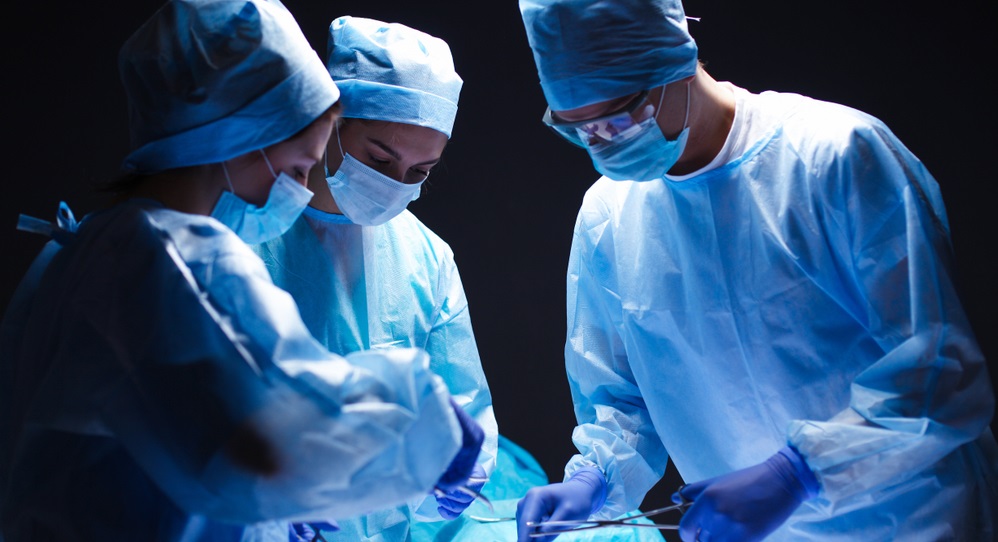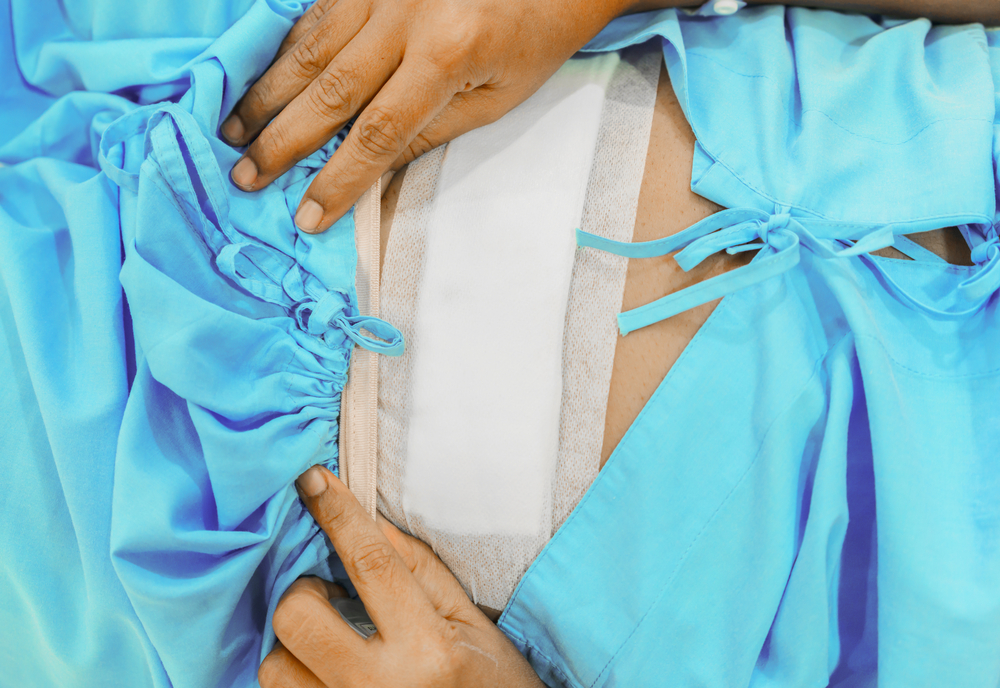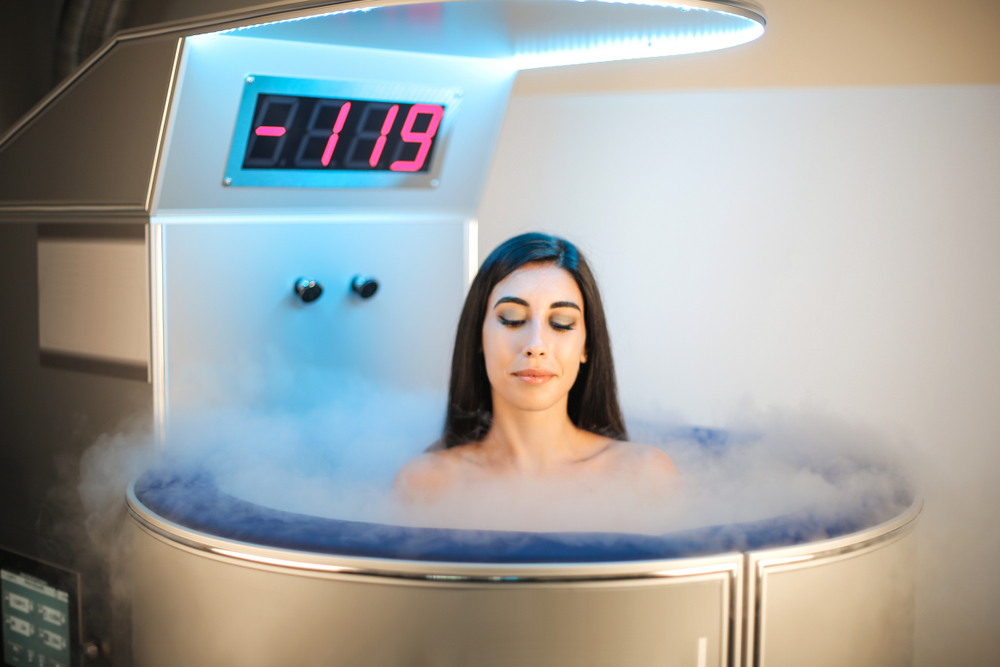Contents:
- Medical Video: Septorhinoplasty Vlog | Surgery to 1 Month Post-Op
- What do I need to know before undergoing a septorhinoplasty?
Medical Video: Septorhinoplasty Vlog | Surgery to 1 Month Post-Op
Definition
What is a septorhinoplasty?
A septorhinoplasty or 'nose job' is a cosmetic surgery to improve the appearance of your nose and breathing. Surgery is performed on the bones and cartilage which gives shape and structure to the nose, and one of the goals is to make your septum straight. Septum is the cartilage and bone in the nose which divides the nostril into two parts.
When do I need to undergo a septorhinoplasty?
Surgery to improve obstructed airflow requires more evaluation of the nasal structure. This is because the nose is directly related to airflow and breathing. You can be a suitable candidate for septorhinoplasty if:
● Your facial growth is complete
● You are in good health
● You don't smoke
● You have a positive outlook and realistic goals for improving your appearance
After surgery, your nose will fit the desired size and shape, and you can breathe with both of your nostrils. Most people who successfully undergo septorhinoplasty feel more comfortable with their appearance.
Prevention & warning
What do I need to know before undergoing a septorhinoplasty?
In general, the results of septorhinoplasty are usually stable, but cartilage and tissue can shift or change shape over time. Nose tissue is relatively stable for 3 to 6 months. However, changes can occur until more than 1 year after surgery. Most people who undergo a septorhinoplasty experience reduced symptoms such as difficulty breathing due to septal deviation. Results from septorhinoplasty can vary. Some people feel symptoms persist after surgery and carry out revised septorhinoplasty to repair the nasal septum.
Are there alternatives to septorhinoplasty?
If a nasal blockage is caused by a bent septum, you can go for a septoplasty. Rhinoplasty is an operation to improve the appearance of your nose. If you experience a blocked nose caused by a bent nose bone, rhinoplasty (usually in conjunction with septoplasty) is the only option to improve your breathing.
Process
What should I do before undergoing a septorhinoplasty?
Before scheduling a septorhinoplasty, you need to visit your surgeon to discuss the benefits and risks of septorhinoplasty. Your nose may also be photographed from several sides. The doctor will use the photos as discussion material before surgery and as a reference during surgery and after surgery. Discuss with your doctor about your expectations for surgery. The doctor will explain to you what surgery can or cannot do. You will be given instructions before surgery, such as whether to eat before surgery. In general, you must fast 6 hours before the procedure begins. You may be allowed to drink fluids, such as coffee, a few hours before surgery.
How is the septorhinoplasty process?
Surgery is usually performed under general anesthesia and lasts for about 1 to 2 hours. The surgeon will make an incision in your mucosa (a layer like the skin on the inside of your nose). The part of the cartilage and the bent bone will be returned to a straight position. Your surgeon will repair the tip of your nose by removing some of the cartilage. If you have a hump (dorsum) on the nose, the surgeon can remove or erode it. Usually, the base of the bone on the side of the nose will be broken first so that the nose can be minimized and regulated. The surgeon may rebuild your nose.
What should I do after undergoing a septorhinoplasty?
If you have a bandage on your nose, it will usually be removed the next morning. You may experience nosebleeds for 15 minutes. After that, you are allowed to go home. You need to rest and stay away from the crowd for 2 weeks. This is to avoid flu, which can lead to infection. Avoid exercising, taking a warm bath or bowing for 2 weeks. Exercising can help you return to your normal activities.
Consult your doctor first. It takes several months for the end result of your nose to appear.
Complications
What complications can occur?
Like other procedures, there are several possible risks for septorhinoplasty, such as bleeding, infection and reaction to anesthesia. Possible risks specific to septorhinoplasty include:
● symptoms such as nasal congestion continue after surgery
● bleeding
● deformation of the nose
● opening of the septum (perforation of the septum)
● reduced olfactory ability
● blood collection in the nasal cavity (septal hematoma)
● changes in sensation in the skin (numbness or pain)
● perforations in the nasal septum are rare. additional surgery may be needed to correct the septum but it is difficult to correct this complication
● difficulty breathing
● appearance of the nose that is not as desired
● skin discoloration and swelling
● the possibility of a revision operation
These risks will be discussed with your agreement. It is important for you to ask all your questions to your surgeon.
Hello Health Group does not provide medical advice, diagnosis or treatment.











